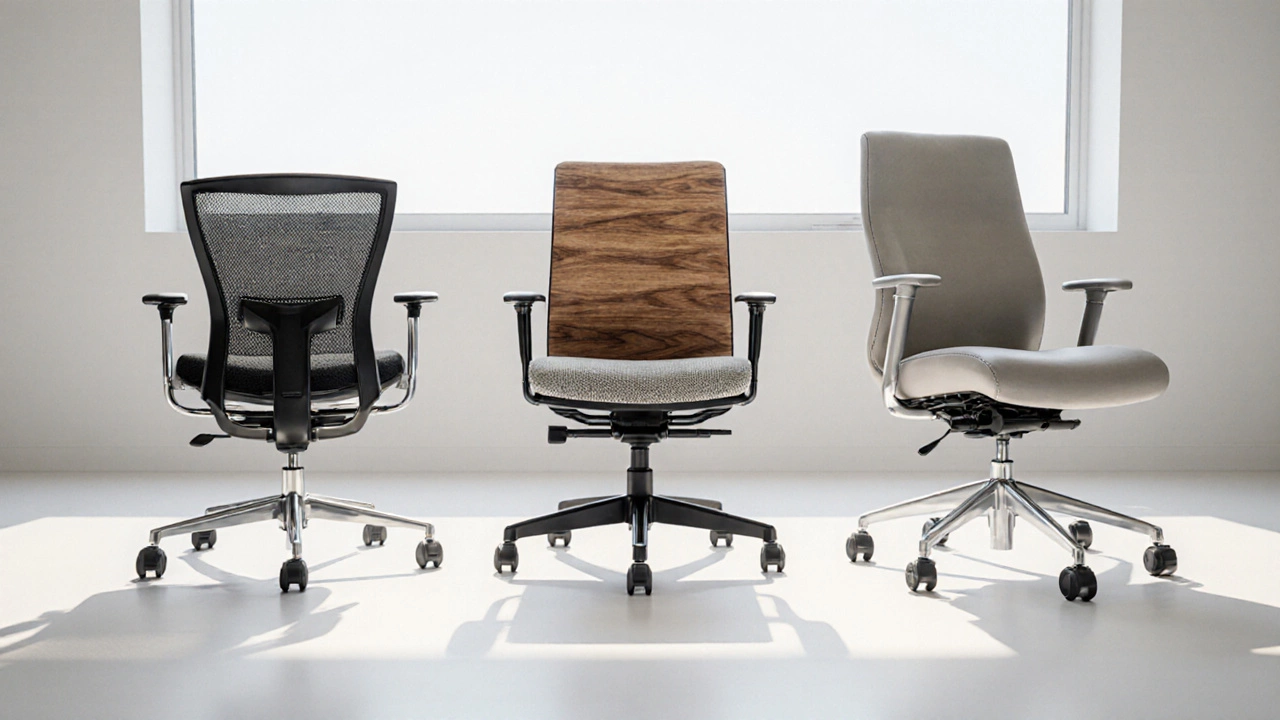Office Chair Lifespan: What Determines How Long Your Chair Holds Up
When thinking about office chair lifespan, the period a chair stays functional and comfortable before it needs replacement, most people focus on price. But true durability hinges on a few key factors. Ergonomic seating, designs that support posture and movement plays a big role because poor ergonomics cause premature wear on mechanisms. Likewise, material quality, the grade of wood, metal, foam, and upholstery used sets the baseline for lifespan. In short, office chair lifespan encompasses material quality, while ergonomic seating influences how gently the chair is used daily.
First, look at the frame. Steel or aluminum frames can survive years of shifting weight, whereas low‑grade plastic tends to crack after a handful of moves. A solid frame is the backbone that lets other components do their job. Next, the upholstery matters: high‑density foam retains shape longer than cheap low‑density fills, and breathable fabrics resist sweat stains that break down fibers. Leather adds a protective layer but needs conditioning to avoid cracking. When you combine a sturdy frame with premium foam, you create a chair that can handle eight‑hour workdays without sagging.
Mechanisms are the hidden heroes. Tilt, swivel, and height‑adjust features rely on gas lifts and tension springs. Quality gas lifts maintain pressure for 5‑7 years, while cheaper versions lose lift quickly, making the chair feel unstable. Regularly checking for squeaks or loosened bolts helps catch early signs of failure. A simple tightening session can add a year or two to the chair’s life, proving that maintenance is just as important as initial material choices.
How Usage Patterns Shape Longevity
People often assume that a chair’s lifespan is fixed, but how you use it can stretch or shrink that timeline. Heavy office workers who shift positions, stand up, and sit down frequently put less constant stress on any single point, which actually helps the chair last longer. In contrast, a static sitter who leans heavily on the armrests can wear out padding fast. Also, the floor surface matters: carpet gives a gentler glide than hardwood, which can wear down wheels. Adding a chair mat is a cheap way to protect both the floor and the wheels, extending the overall life of the chair.
Environmental factors play a part too. Excessive humidity can cause wood frames to warp, while direct sunlight fades upholstery colors. Keeping the chair in a stable temperature zone and wiping down dust regularly prevents grime from grinding into the mechanisms. If you notice moisture buildup, a quick dry cloth can stop rust before it spreads to metal joints.
Now, let’s talk cost versus value. The cheapest chairs on the market may look appealing, but they often need replacing after 2‑3 years, turning a low upfront price into higher long‑term spend. Mid‑range models with reinforced frames and better foam usually hit the sweet spot: they last 5‑7 years with minimal upkeep. High‑end ergonomic chairs can push past a decade, especially when the manufacturer offers a solid warranty and replacement parts.
When it’s time to replace a chair, don’t just toss it. Many components—casters, gas lifts, upholstery—are sold separately, allowing you to refurbish a still‑solid frame. This approach not only saves money but also reduces waste, aligning with the sustainable values many offices now embrace.
Below you’ll find a curated list of articles covering everything from wood durability for outdoor furniture to alternative seating ideas, so you can compare options, learn maintenance tricks, and pick the right chair that fits your work style and budget. Dive in for practical tips that will help you get the most mileage out of your office seating.
How Long Should a Good Office Chair Last? A Practical Guide
Discover how many years a quality office chair should last, what affects its durability, maintenance tips, warranty insights, and when to replace it.
More
